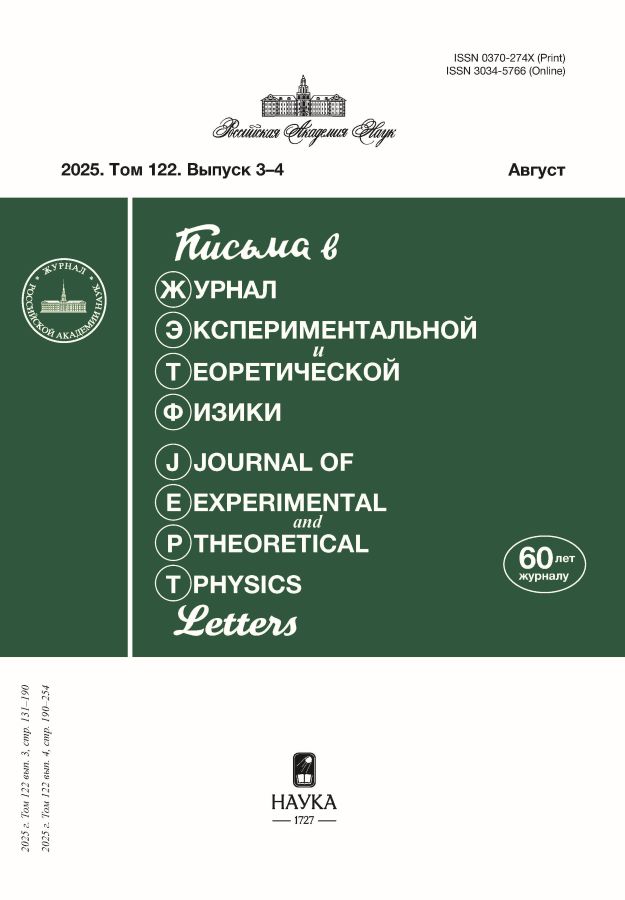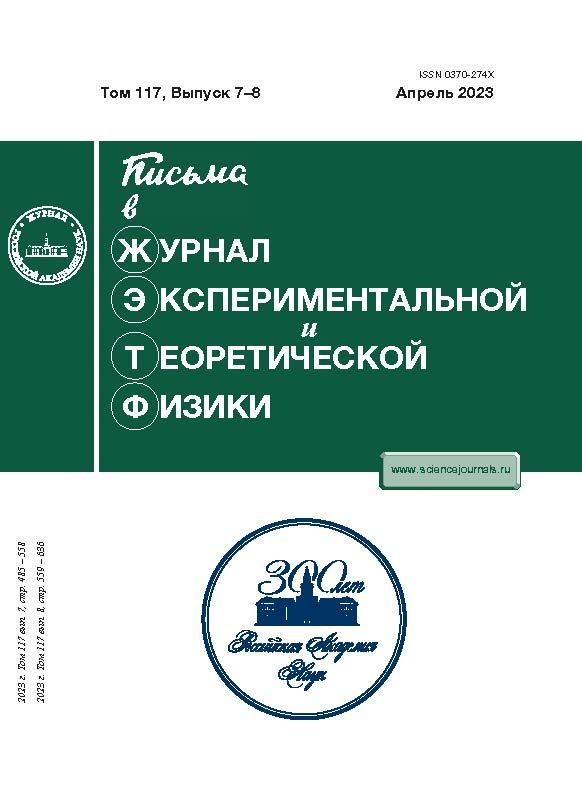Magnetic anisotropy of single-ion magnet (PPh4)2[ReF6] · 2H2O
- Authors: Taran L.S1, Elfimova V.Y2, Streltsov S.V1,2
-
Affiliations:
- M. N. Mikheev lnstitute of Metal Physics of Ural Branch of Russian Academy of Sciences
- Ural Federal University
- Issue: Vol 117, No 7-8 (4) (2023)
- Pages: 612-613
- Section: Articles
- URL: https://rjeid.com/0370-274X/article/view/664140
- DOI: https://doi.org/10.31857/S1234567823080086
- EDN: https://elibrary.ru/WFEXQU
- ID: 664140
Cite item
Abstract
Studying of single-molecule magnets has sprung many surprises such as, e.g., quantum tunneling of the magnetization, which is strongly related to the presence of a magnetic anisotropy. Electron spin resonance and inelastic neutron scattering measurements of (PPh4)2[ReF6]⋅2H2O complex evidence an unprecedented large single-site magnetic anisotropy of D@35 K in this material. Using state-of-the-art ab initio calculations we found that the single-ion anisotropy is indeed very large (but does not exceed 12 K) and revealed the physical mechanism lying behind this phenomenon.
About the authors
L. S Taran
M. N. Mikheev lnstitute of Metal Physics of Ural Branch of Russian Academy of Sciences
Email: letters@kapitza.ras.ru
V. Y Elfimova
Ural Federal University
Email: letters@kapitza.ras.ru
S. V Streltsov
M. N. Mikheev lnstitute of Metal Physics of Ural Branch of Russian Academy of Sciences; Ural Federal University
Author for correspondence.
Email: letters@kapitza.ras.ru
References
- V. V. Novikov and Yu. V. Nelyubina, Russ. Chem. Rev. 90, 1330 (2021); 10.1070/RCR5002.
- K. S. Pedersen, M. Sigrist, M. A. S�rensen, A.-L. Barra, T. Weyhermu�ller, S. Piligkos, C. Aa. Thuesen, M. G. Vinum, H. Mutka, H. Weihe, R. Cl'erac, and J. Bendix, Angewandte Chemie International Edition 53, 1351 (2014); 10.1002/anie.201309981.
- G. Kresse and J. Hafner, Phys. Rev. B 47, 558 (1993); 10.1103/PhysRevB.47.558.
- G. Kresse and J. Furthmu�ller, Comput. Mater. Sci. 6, 15 (1996); 10.1016/0927-0256(96)00008-0.
- G. Kresse and J. Furthmu�ller, Phys. Rev. B 54, 11169 (1996); 10.1103/PhysRevB.54.11169.
- K. Lejaeghere, G. Bihlmayer, T. Bj�orkman et al. (Collaboration), Science 351, aad3000 (2016); 10.1126/science.aad3000.
- G. Kresse and D. Joubert, Phys. Rev. B 59, 1758 (1999); 10.1103/PhysRevB.59.1758.
- J. P. Perdew, K. Burke, and M. Ernzerhof, Phys. Rev. Lett. 78, 1396 (1997); 10.1103/PhysRevLett.78.1396.
- S. L. Dudarev, G. A. Botton, S. Y. Savrasov, C. J. Humphreys, and A. P. Sutton, Phys. Rev. B 57, 1505 (1998); 10.1103/PhysRevB.57.1505.
- A. Abragam and B. Bleaney, Electron Paramagnetic Resonance of Transition Ions, Clarendon press, Oxford (1970).
- M. Vijayakumar and M. S. Gopinathan, Journal of Molecular Structure (Theochem) 361, 15 (1996).
Supplementary files











